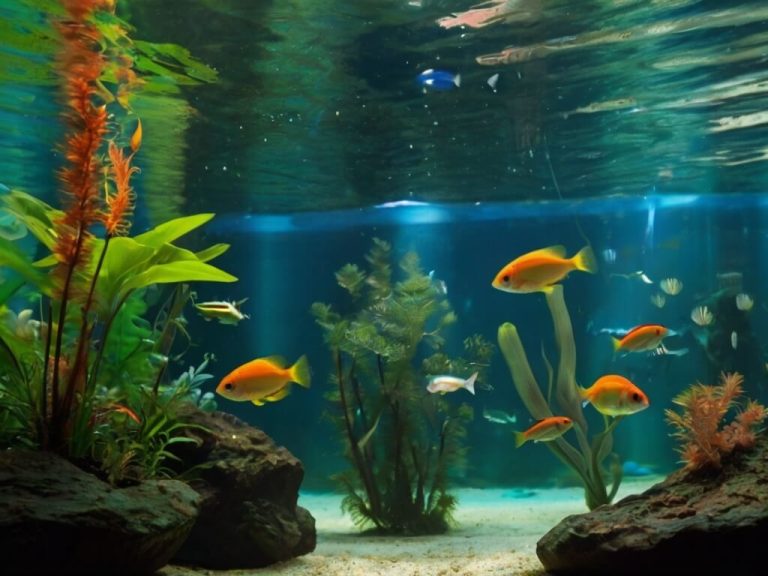
An aquarium with lush green oxygen plants is not only an oasis of peace and beauty, but also an essential element for the health of your fish. These wonderful plants produce oxygen, remove waste products, provide hiding places and stabilise the water's pH.
Oxygen plants produce oxygen through photosynthesis, a process in which sunlight, water and carbon dioxide are converted into glucose and oxygen. This oxygen is essential for the fish in your aquarium, which need it to breathe. The amount of oxygen produced depends on several factors, including light, temperature, CO2 concentration and plant health. In optimal conditions, oxygen plants can contribute significantly to the water quality in your aquarium.
Oxygen plants absorb waste products from the water, such as nitrates and phosphates produced by fish and other organisms. These wastes can lead to algal blooms, harmful to the health of your fish. By using nitrates for their own growth and storing phosphates in their leaves and roots, oxygen plants help improve water quality and prevent algal blooms.
Oxygen plants provide fish with shelter to rest, spawn and hide from predators. The dense leaves create a sense of security and reduce stress, which is important for the well-being of your fish.
Oxygen plants absorb carbon dioxide from the water during photosynthesis, causing the pH value rises. In aquaria with many fish, the pH can drop due to the release of carbon dioxide. By absorbing carbon dioxide, oxygen plants help stabilise pH levels, which is crucial for the health of your fish.
Zuurstofplanten.net is a website of Dutch Water Tech. Specialist in water treatment for municipalities and water boards. Would you like to know more? Visit dutchwatertech.co.uk for more information on our projects.
Dutch Water Tech BV
Gateway 1
4613 BW Bergen op Zoom
You can buy oxygen plants, bank plants and other pond products through our partner Vijvermeester.nl.
© 2025 Dutch Water Tech. All rights reserved.